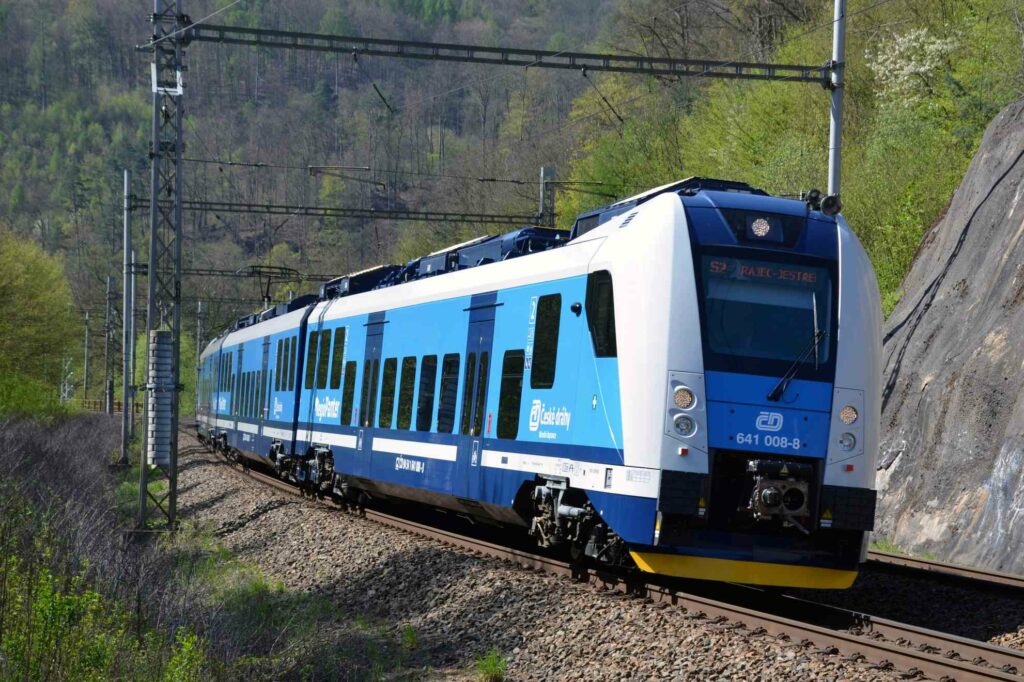Railways are at the heart of Europe’s clean transportation transition, yet their development is not progressing fast enough. Despite recent expansions, new data reveals an uneven pace of progress of railways in Europe, highlighting both successes and gaps in high-speed rail infrastructure.
High-Speed Railways in Europe
According to Eurostat, the length of high-speed rail lines (capable of supporting speeds of 250 km/h or more) across the European Union reached 8,556 km in 2023. This represents a near doubling of the network over the past decade, but further improvements are needed to meet Europe’s ambitious sustainability goals.
Rail Network Density: Central Europe Leads
Railway density varies significantly across Europe, with Central and Northern European nations leading the way.
Czechia has the highest railway density in Europe, with 123.2 meters of track per square kilometer. The country’s extensive rail network dates back to the 19th-century monarchy and was further expanded under communist rule, which prioritized rail over road infrastructure.
Other high-density railway countries include Belgium (119.2 m/km²), Germany (109.5 m/km²), and Luxembourg (104.8 m/km²).
This pattern reflects both high population density and significant freight transport demands in these regions.
Southern and Northern Europe Lag Behind
At the opposite end of the spectrum, several Southern and Northern European nations have notably lower railway density:
Greece has the lowest railway density in the EU, with just 14.0 meters of track per square kilometer.
Finland follows with 19.4 m/km², reflecting its low population density—the lowest in the EU.
Other countries with sparse rail networks include Sweden (26.8 m/km²), Estonia (27.2 m/km²), Portugal (27.8 m/km²), Latvia (28.9 m/km²), and Ireland (29.8 m/km²).
Challenges and the Future of European Rail
While the expansion of high-speed rail is a positive step, the unequal progress between regions poses challenges for connectivity, freight transport, and sustainable mobility. Countries with lower railway density may struggle to meet the EU’s climate goals, which emphasize reducing reliance on cars and planes.
To accelerate progress, greater investment is needed in cross-border rail links, infrastructure modernization, and high-speed rail corridors, ensuring that all parts of Europe benefit from a cleaner and more efficient transport system.
Source link : http://www.bing.com/news/apiclick.aspx?ref=FexRss&aid=&tid=67b940d9c44645a8ad0b235f949a4a7e&url=https%3A%2F%2Fwww.rustourismnews.com%2F2025%2F02%2F21%2Frailways-in-europe-progress-challenges-and-uneven-growth%2F&c=15855618008195030762&mkt=de-de
Author :
Publish date : 2025-02-21 02:46:00
Copyright for syndicated content belongs to the linked Source.
